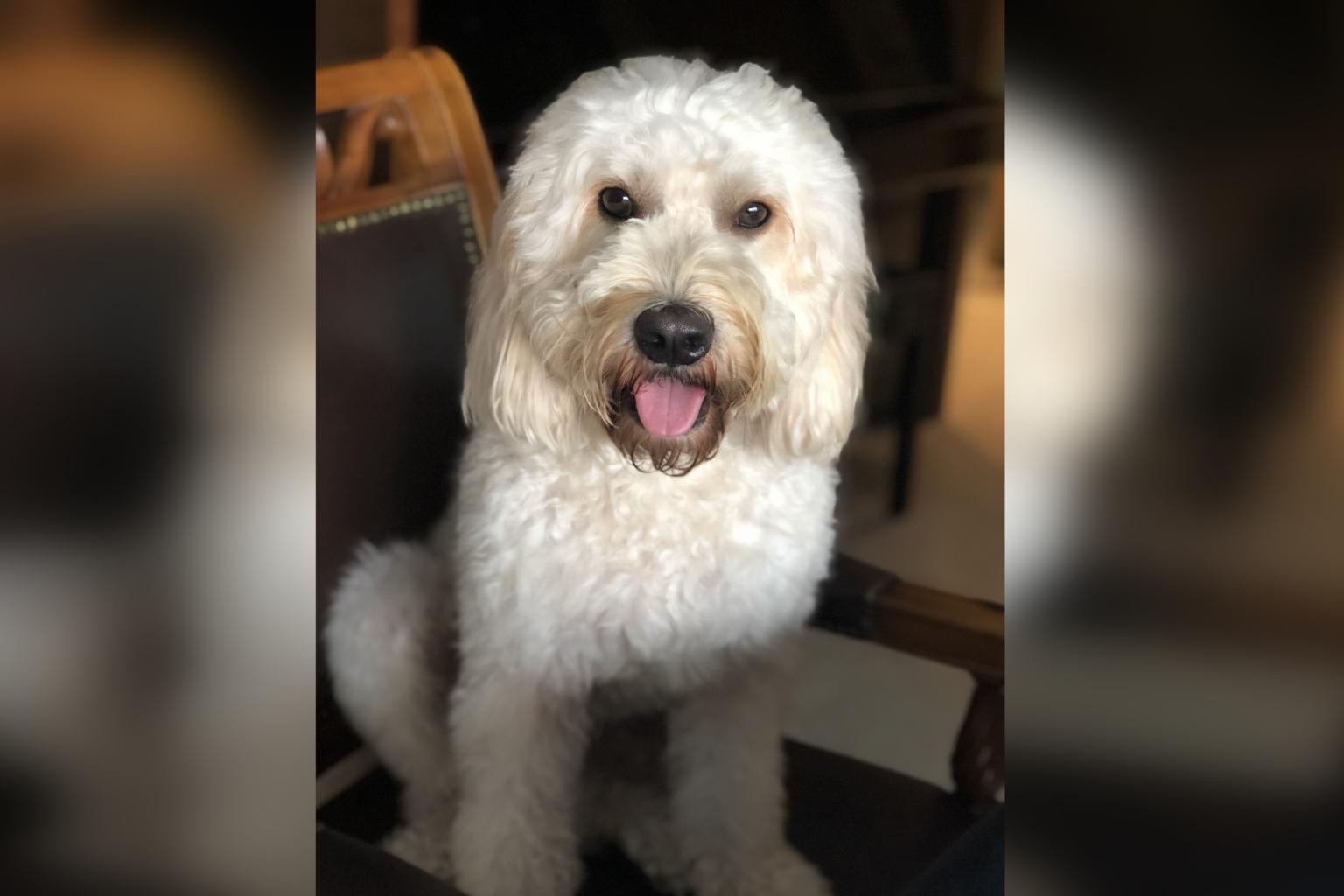Ask The Vet: Cavapoo losing sleep during thunderstorms, how to check if dog is overweight
Sign up now: Get ST's newsletters delivered to your inbox

Dogs have an acute sense of hearing.
PHOTO: DIVYA PATWARI
Follow topic:
SINGAPORE - This is the last of a fortnightly column where veterinarians from the National Parks Board answer questions about pet health and behaviour.
Cavapoo losing sleep during thunderstorms
My four-year-old cavapoo, a mixed breed between a Cavalier King Charles spaniel and poodle, is a light sleeper. He wakes at night when there is a loud sound or a thunderstorm, and finds it hard to go back to sleep and often whines. How do I get him to remain calm when there are disturbances at night?
Divya Patwari
Dogs have an acute sense of hearing, so it is natural for yours to be woken up from his sleep when there is a loud noise. Coupled with sudden flashes of bright light, thunderstorms can sometimes cause fear and distress in dogs. Signs of anxiety include whining, hiding, trembling, pacing or restlessness.
There are several things you can do at home to help your dog sleep better and reduce stress during a thunderstorm.
Dogs need a quiet and comfortable area to hide or rest in. For a start, consider giving your dog a bed and placing it somewhere quiet where it will not be disturbed by others in the home or by loud noises from appliances such as a washing machine.
It is also a good idea to put the bed in an area where the windows can be closed, and blinds or curtains can be drawn - while maintaining good ventilation - during a thunderstorm. This helps keep the noise level and sudden flashes of light to a minimum. Give your dog a blanket and place some of his favourite toys around it. This can help him feel safer.
You can also consider applying pheromone products at home. They release scents that only dogs can smell, which will help your pet feel calmer.
Every dog responds differently and behaviours do not change overnight. Speak to your veterinarian or a qualified animal behaviourist for more advice.
How to tell if my dog is overweight?
My family members love to give my dog treats on top of its normal food, despite me telling them to do so in moderation. How do I tell if my dog is overweight and to keep its weight in check?
Lydia Choo
Providing tasty treats to pets is often well-intentioned, but this can result in excess calorie intake and weight gain. The extra weight can exacerbate existing health problems or lead to a new one.
Overweight dogs can develop joint problems, heat stroke as well as cardio-respiratory and metabolic diseases. The excess weight can also make dogs lethargic.
There are several ways to determine if your dog's body condition is ideal. The most effective method is to take your dog for regular check-ups with your vet. Most clinics use weighing scales to monitor weight.
You can also do regular checks on your dog's body condition at home. When looking at it from above and from the side, you should be able to see a smooth, tucked-in waist behind your dog's rib cage. You should also be able to feel its ribs, backbone and hipbones or base of the tail. If you cannot feel them without pressing down, it is an indicator of excessive build-up of fat.
Providing a complete, balanced diet and making sure your dog gets enough exercise are critical to its overall health. Consider providing alternative forms of affection which are non-food-related, such as toys, ball games and walks.
If treats are given as a reward, choose low-calorie options such as baby carrots or bits of an apple.
Weight management for dogs requires commitment and regular check-ups. Get tips from your veterinarian on how your dog can maintain an ideal weight as well as meet its nutritional needs. This can go a long way in helping it live a healthy and happy life.
- Answers by Dr Christine He Lee from the Animal and Veterinary Service under the National Parks Board.

